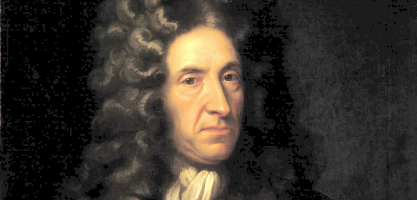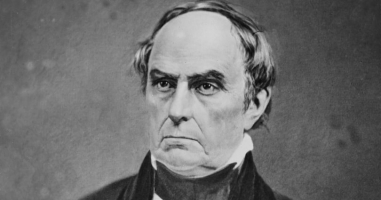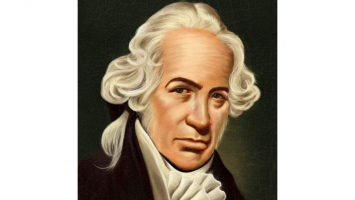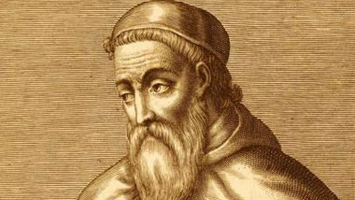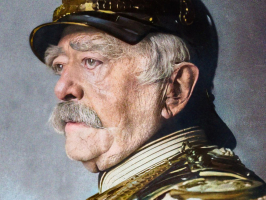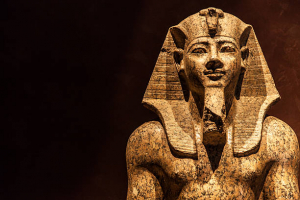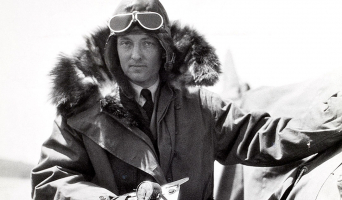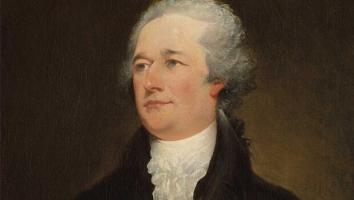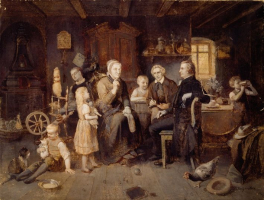Top 8 Facts about Daniel Boone
Daniel Boone was an American frontiersman and pioneer whose achievements made him one of the country's first folk heroes. Boone rose to fame for discovering ... read more...and colonizing what is now Kentucky, which at the time was outside the western limits of the Thirteen Colonies. Boone is regarded as one of the greatest early frontiersmen in American popular culture, despite the fact that mythology frequently obscures the truth about his life's events. Below are some facts about Daniel Boone for you to know more about him.
-
A fact about Daniel Boone is that his father fled religious persecution in England and immigrated to the United States. Boone was born in a Quaker family as the sixth of eleven children. In 1713, Squire Boone (1696–1765) moved from the English village of Bradninch to colonial Pennsylvania. Squire married Sarah Morgan (1700-1777), a Welsh Quaker whose family was a weaver and blacksmith. Boone's family became a cause of contention in the nearby Quaker community when he was a little boy. In 1742, Sarah, the eldest child of Boone's parents, married a "worldling," or non-Quaker, while she was clearly pregnant. As a result, Sarah's parents were forced to publicly apologize. Squire Boone stood up for his son and was thus banished from the Quakers when Boone's oldest brother Israel also wed a "worldling" in 1747, though his wife continued to go to monthly meetings with her kids.
Perhaps as a result of this debate, Squire sold his property and relocated his family to North Carolina in 1750. Despite always considering himself a Christian and having all of his children baptized, Daniel Boone stopped going to church. The Boone family finally made their home on the Yadkin River, about two miles (3 km) west of Mocksville in what is now Davie County, North Carolina. In order to provide his family with a living, he bought land in 1753.
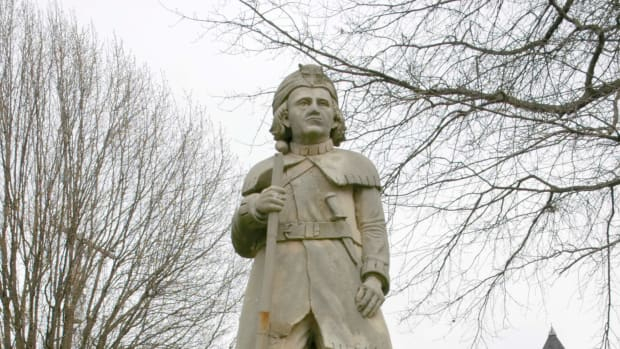
Photo: History 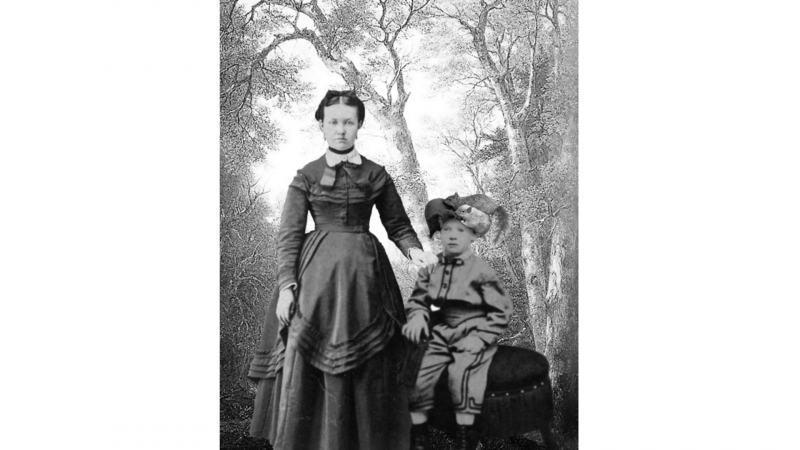
Photo: Flickr -
Boone spent his formative years in the frontier region of Pennsylvania, frequently meeting with American Indians. Boone received his hunting instruction from local settlers and Native Americans. When Boone was twelve years old, he received a gun for hunting. He spent the entire day out on animal hunts. Animal furs were in high demand at the time, both domestically and in European markets. He spent all of his earnings during the first three weeks of hunting. Due to his superior abilities, Boone could have continued to hunt for the rest of his life. He then developed the ability to navigate well due to his active memory of every road he had previously taken.
By the time he was fifteen, he was known as one of the area's top hunters. Despite that, he never wore coonskin cap. Boone's hunting prowess is highlighted in many accounts of him. In one story, the young Boone and three other lads were out hunting in the woods when all save Boone were scattered by the howl of a panther. As the panther pounce at him, he calmly cocked his rifle and shot it through the heart. The anecdote might be a folktale, one of many that contributed to Boone's well-known reputation.
During these years, Boone worked as a market hunter and trapper, gathering pelts for the fur trade to feed his expanding family. Boone would go on "long hunts," lengthy forays into the wilderness lasting weeks or months, almost every autumn despite the turmoil on the frontier. Boone traveled alone or in small groups, gathering hundreds of deer skins in the fall and winter, as well as beaver and otter traps. The long hunters sold their catch to professional fur traders when they came back in the spring.
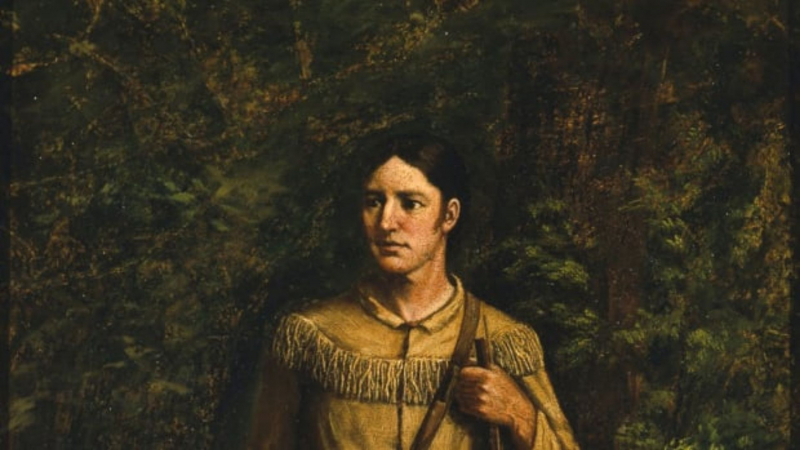
Photo: History 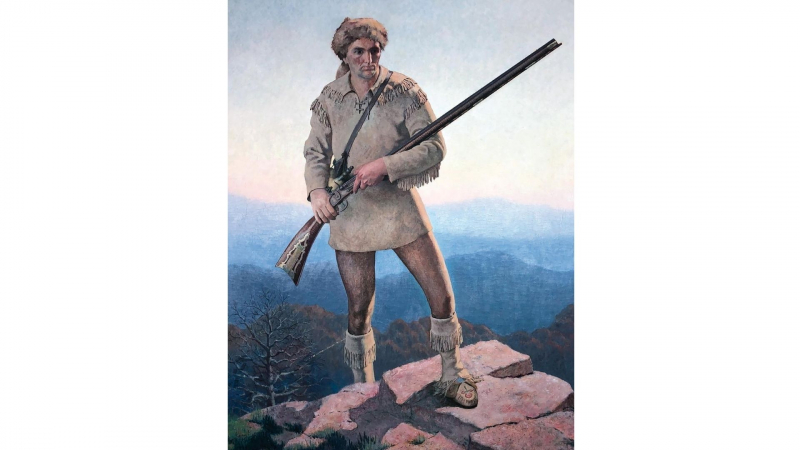
Photo: Scridb -
Another fact about Daniel Boone is that he escaped death as a soldier. Boone joined an NC militia company as a teamster and blacksmith when the French and Indian War (1754–1763) broke out between the French, British, and their respective Indian allies. At the Ohio River, a conflict between native Indians and French colonists erupted. Boon sided with the French, and he enlisted in General Edward Braddock's army in 1755. At the Monongahela Battle, the Braddock's army suffered a humiliating loss and lost a number of soldiers to death or wounds. Boone was able to flee the conflict as quickly as he could and avoid dying. After the defeat, Boone went back home and wed Rebecca Bryan, a Yadkin Valley neighbor, on August 14, 1756. The couple raised eight children of deceased relatives while also raising their own ten children, originally residing in a hut on his father's farm.
Conflict sprang out between British colonists and the Cherokees, who had previously been their allies in the French and Indian War, in 1758. The Boones and many other families moved north to Culpeper County, Virginia, after Cherokees invaded the Yadkin Valley. Throughout this "Cherokee Uprising," Boone participated in combat as a soldier of the North Carolina militia, intermittently working on the border of North Carolina under Captain Hugh Waddell until 1760.
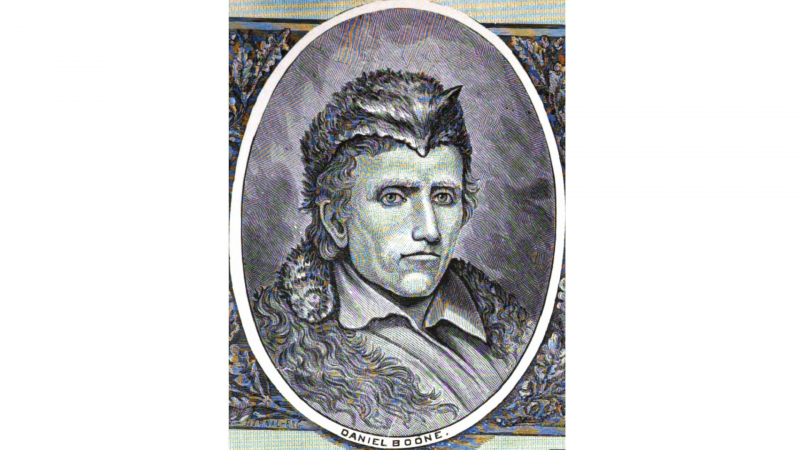
Photo: Wikimedia Commons 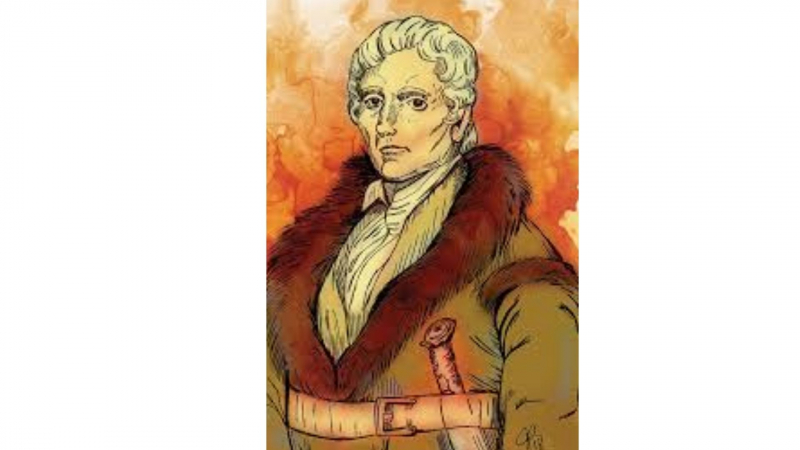
Photo: Kentucky Monthly -
The next fact about Daniel Boone is that he was the explorer who first introduced the US government to the region that is now known as Kentucky. Boone had heard of the region's productive soil and an abundance of game years before he ever set foot in Kentucky. Boone and his brother Squire first entered what would eventually become the state of Kentucky in 1767, but they were unable to make it to the lucrative hunting grounds. With a crew of five companions, Boone set off once more in May 1769 to begin a two-year hunting expedition during which he extensively explored Kentucky. His initial view of the Bluegrass region from the top of Pilot Knob was immortalized in paintings and turned into "an emblem of American history."
Boone collaborated with Richard Henderson's Transylvania Company in 1775 to create a path that would pass through the Cumberland Gap. He built the Wilderness Road with the help of about thirty colleagues, and it quickly became the main route used by white settlers traveling to the West. Boone's wife and daughters traversed the new road to Boonesborough shortly after it was finished, making them the first Anglo-American women to settle in Kentucky.
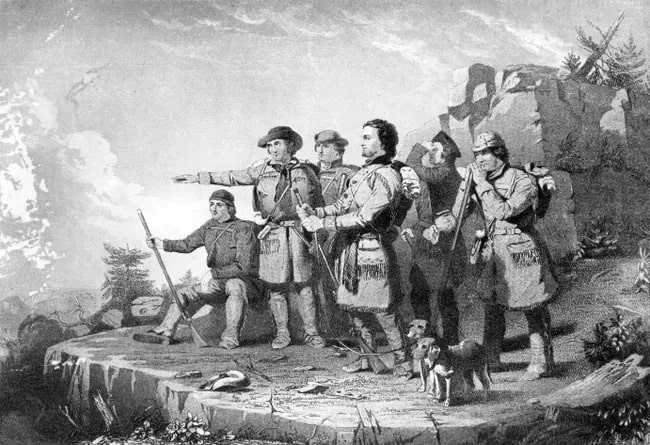
Photo: ThoughtCo 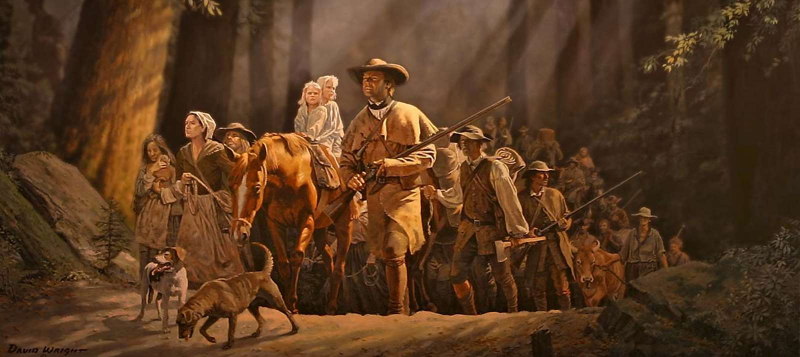
Photo: ChezGigi -
Native Americans who were dissatisfied with the treaty-related loss of Kentucky regarded the American Revolutionary War (1775–1783) as an opportunity to expel the colonists. Attacks on isolated settlers and hunters increased, leading many to leave Kentucky. Less than 200 colonists were still in Kentucky by the end of the spring of 1776, mostly at the fortified settlements of Boonesborough, Harrodsburg, and Logan's Station. Boone and his family were among them.
A war band of Indians seized Jemima Boone and two other girls outside of Boonesborough on July 14, 1776, and took them north toward the Shawnee villages in the Ohio region. Two days later, Boone and a group of men from Boonesborough caught up with them after pursuing them. The girls were freed and their captors were chased away after Boone and his troops surprised the Indians. The episode became Boone's most well-known accomplishment. This episode was adapted by James Fenimore Cooper for his classic book The Last of the Mohicans (1826).
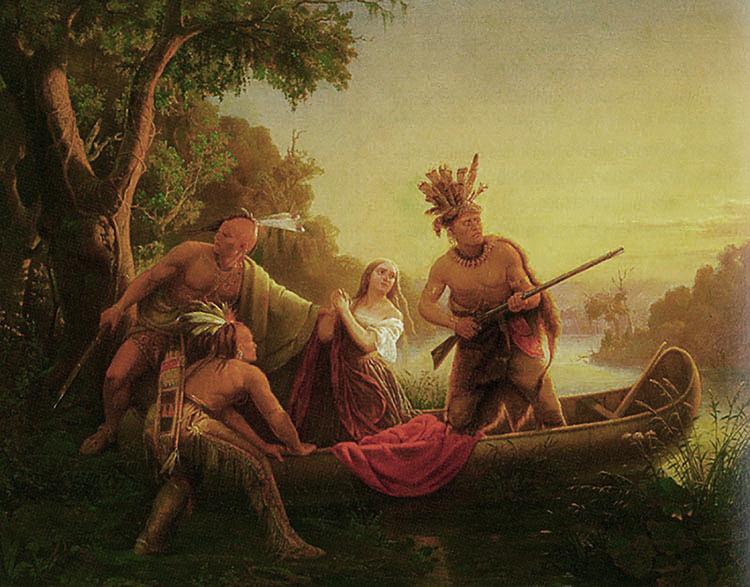
Photo: Wikipedia 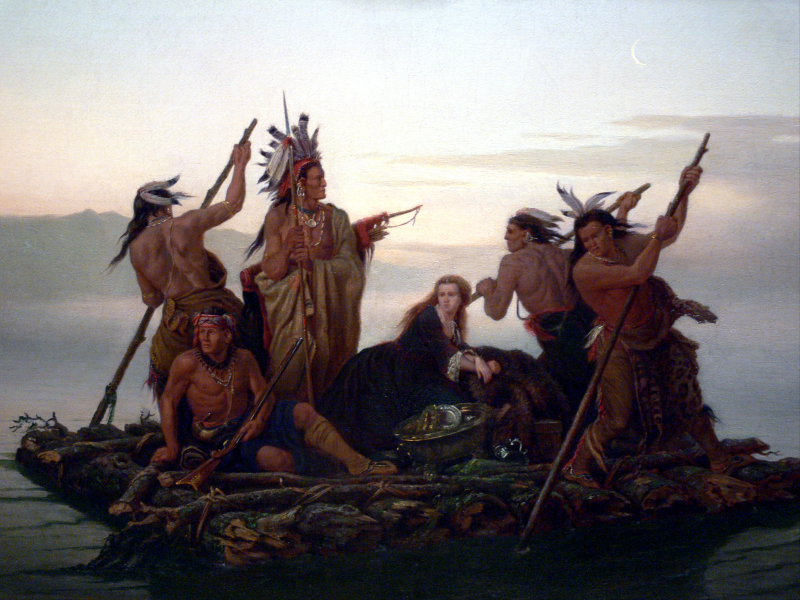
Photo: Wikimedia Commons -
To Chillicothe, the hometown of Blackfish, Boone and his men were sent. The Shawnees replaced their lost warriors by adopting some of the prisoners, as was their custom. At Chillicothe, Boone was adopted into a Shawnee household, maybe Blackfish's, and given the name Sheltowee (Big Turtle).The Shawnees transported the unadopted prisoners to Governor Hamilton in Detroit in March 1778. Boone traveled with Blackfish despite the fact that he turned down Hamilton's promises to hand him over to the British. He fervently begged Blackfish, the tribe chief, to let him go.
Boone continued to act as though he intended to hand over Boonesborough while Hamilton courted him with presents in an effort to gain his devotion. Boone traveled back to Chillicothe with Blackfish. He got a tip that they were preparing to attack Boonesborough, so when he had the chance, he escaped from their possession. Boone escaped his captors and sped home in five days on horseback then, after his horse gave out, on foot after learning Blackfish was set to return to Boonesborough with a sizable army on June 16, 1778. One of the great stories of frontier history, according to biographer Robert Morgan, is Boone's flight and subsequent return.
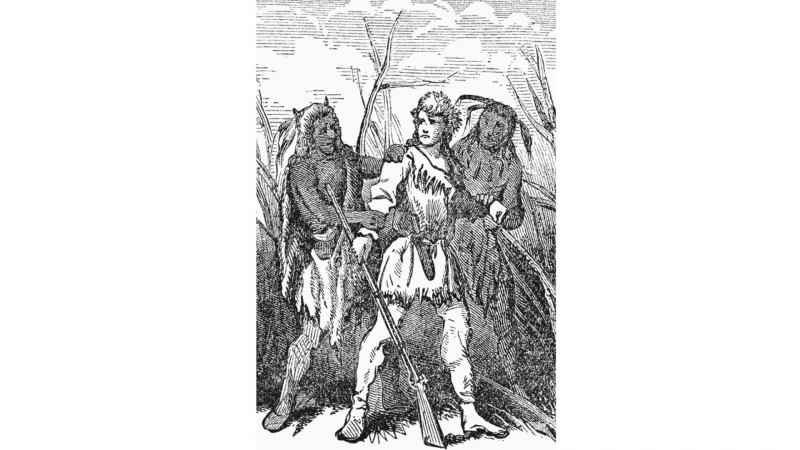
Photo: Sutori 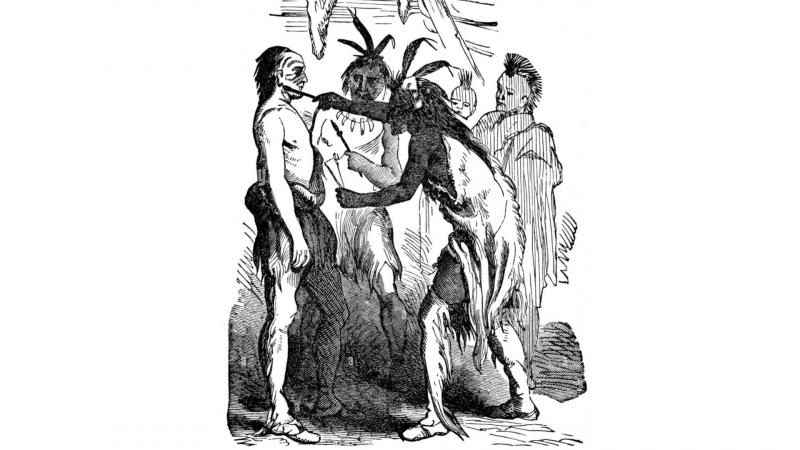
Photo: Alamy -
Slaves played a significant role in Boone's life. He placed a high value on them since, on numerous occasions, slaves had saved him from trouble, most notably when Native Americans besieged Boonesborough. Boone was originally financially successful in Limestone, where he owned seven slaves—a sizable number for Kentucky at the time. In 1786, he paid "Ninety pounds Current Lawfull (sic) money" to buy an enslaved woman from Pennsylvania who was around 20 years old. He was a leader who held office as the county coroner, sheriff, and colonel of the militia. From Bourbon County this time, he was elected to the Virginia state assembly once more in 1787. After participating in land speculation, purchasing and selling claims to tens of thousands of acres, he started to have financial difficulties.
Due to the erratic nature of land speculation in frontier Kentucky and Boone's poor commercial judgment, these endeavors ultimately failed. Boone relocated upriver to Point Pleasant, Virginia in 1789 because he was fed up with the legal complications that came along with land speculation (now West Virginia). He had a trading post there and on occasion assisted a surveyor in his work. Boone was appointed lieutenant colonel of the county militia in the same year that Virginia established Kanawha County. He was chosen to serve in the Virginia legislature for the third time in 1791. He agreed to supply the Kanawha militia, but his debts prohibited him from doing so. As a result, he shattered his store and went back to hunting and trapping, but his rheumatism frequently hindered him. That's all about the seventh fact about Daniel Boone.
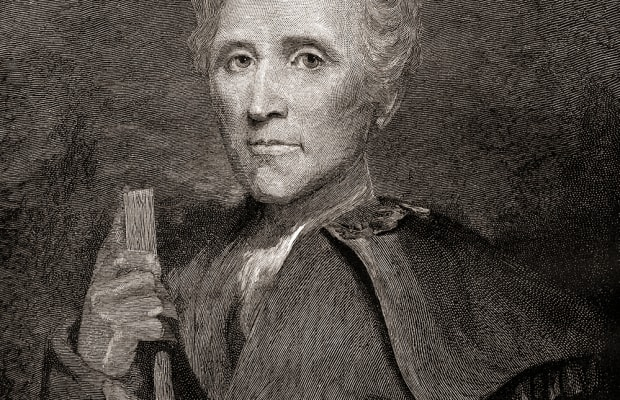
Photo: Google 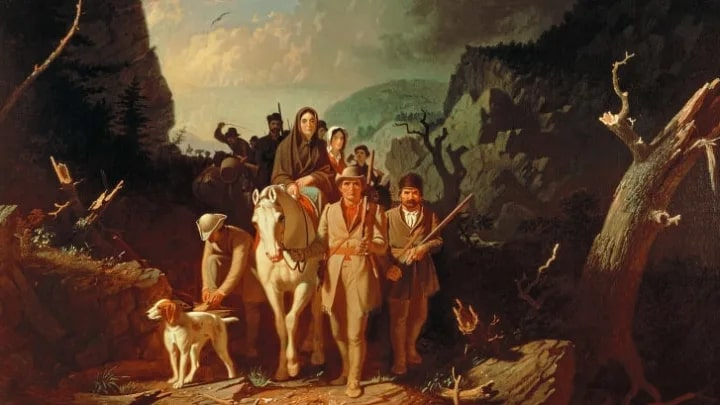
Photo: Mental Floss -
At the residence of his son Nathan Boone on Femme Osage Creek in Missouri, Boone passed away on September 26, 1820. Rebecca, who had passed away on March 18, 1813, was laid to rest next to him. The burials were close to Jemima (Boone) Callaway's house on Tuque Creek, about two miles (three kilometers) from Marthasville, Missouri, but they weren't marked until the middle of the 1830s.
The Boones' remains were exhumed and reinterred in a brand-new cemetery in Frankfort, Kentucky, in 1845. Over time, Missourians' animosity at the disinterment grew, and a rumor that Daniel Boone's remains had never left the state began to circulate. According to one tale, Boone's gravestone in Missouri was accidentally erroneously placed over the wrong grave, and the mistake had not been fixed. Disgruntled with the Kentuckians who came to exhume Boone, Boone's Missouri family remained quiet about the error and permitted the Kentuckians to dig up the incorrect remains.
Although there is no current proof that this actually happened, a forensic anthropologist speculated in 1983 that a crude plaster cast of Daniel Boone's skull created before the Kentucky reburial might be the skull of an African American. There were also black slaves interred at Tuque Creek, so it's likely that the incorrect remains were unintentionally retrieved from the busy cemetery. Boone's remains are allegedly located in the Old Bryan Farm cemetery in Missouri and the Frankfort Cemetery in Kentucky.
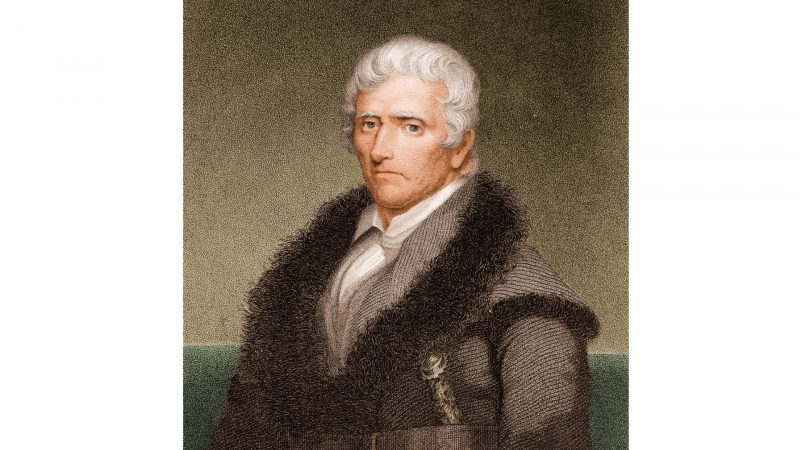
Photo: History 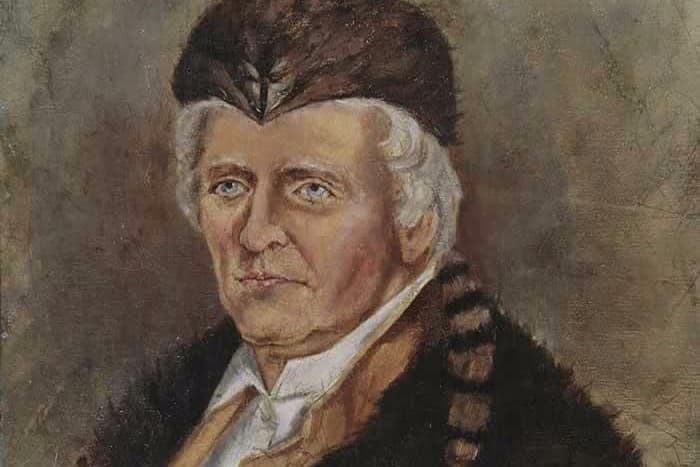
Photo: QuizzClub










